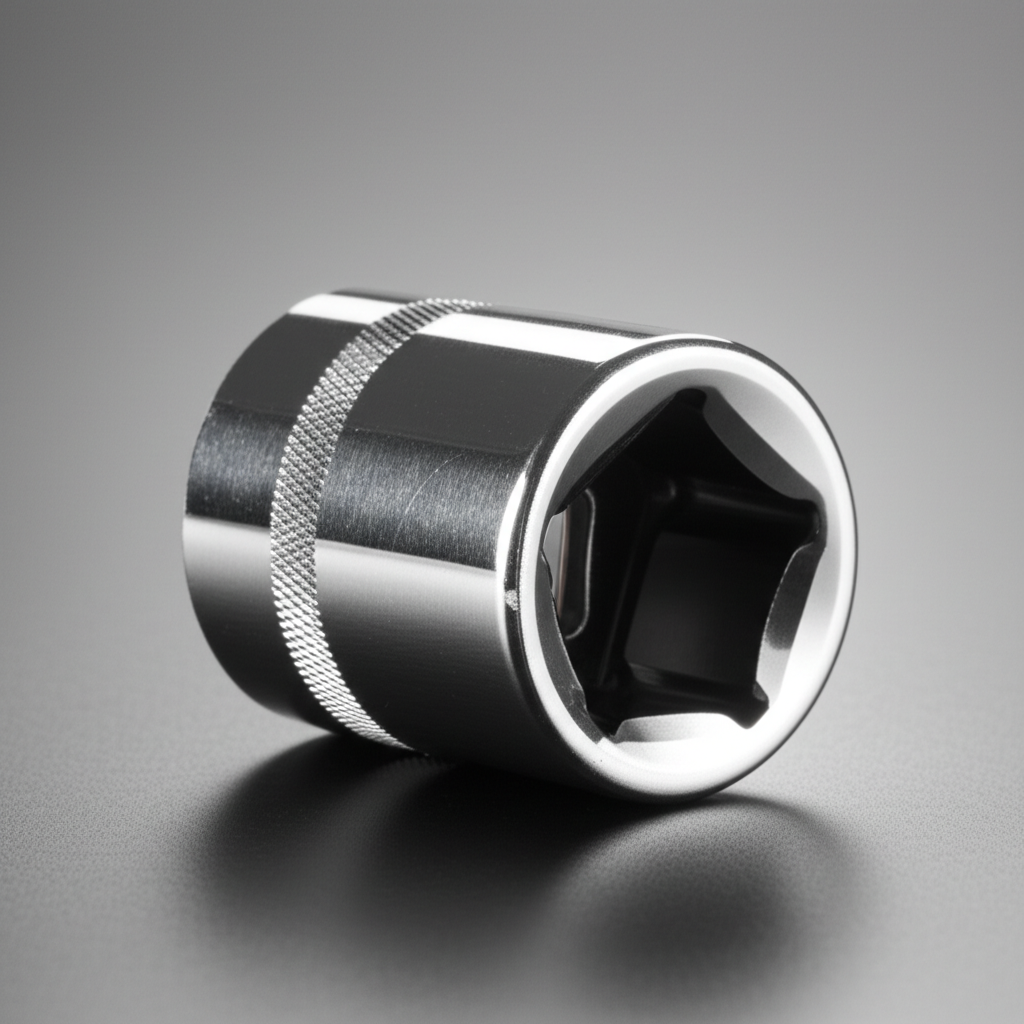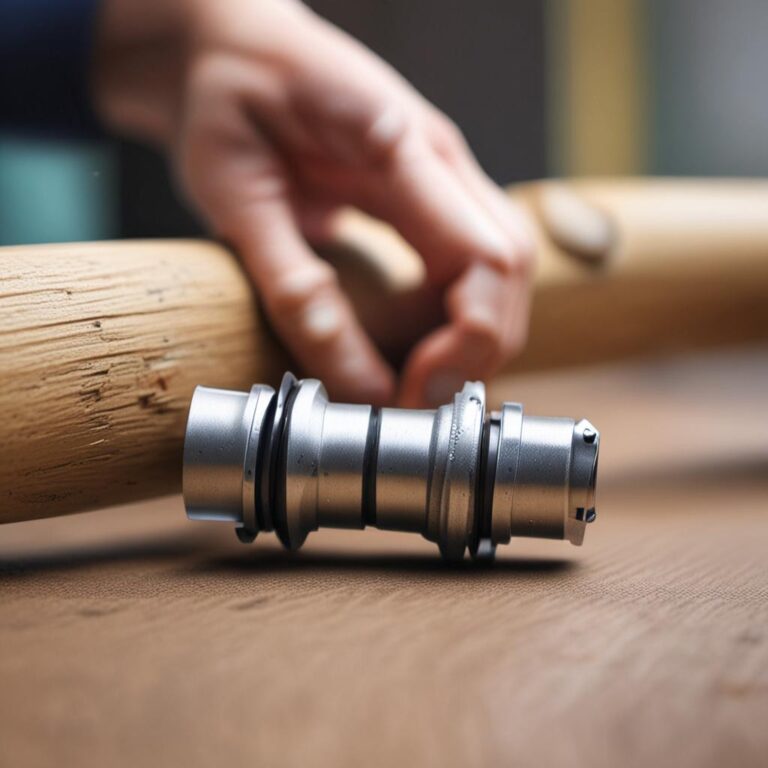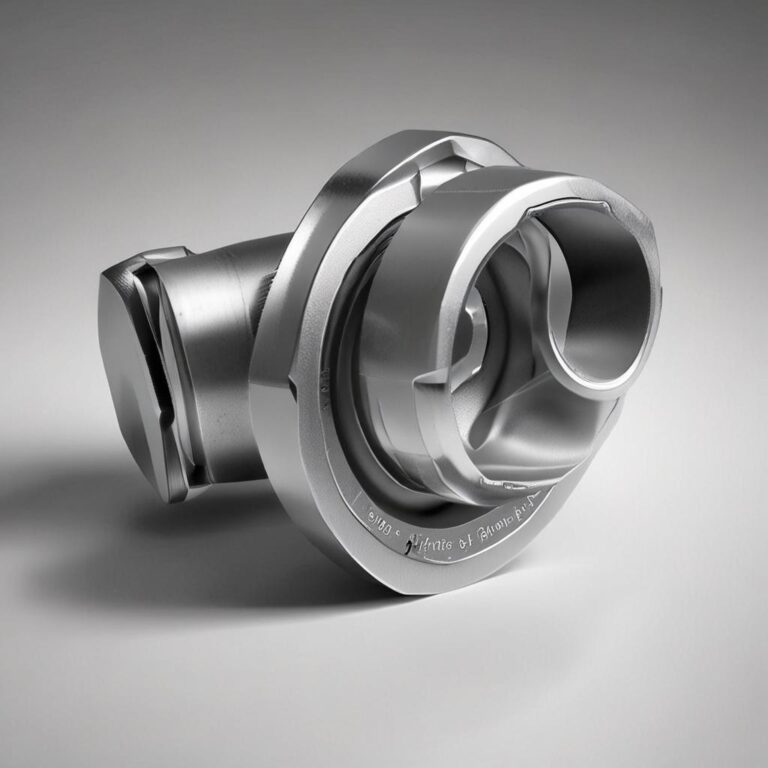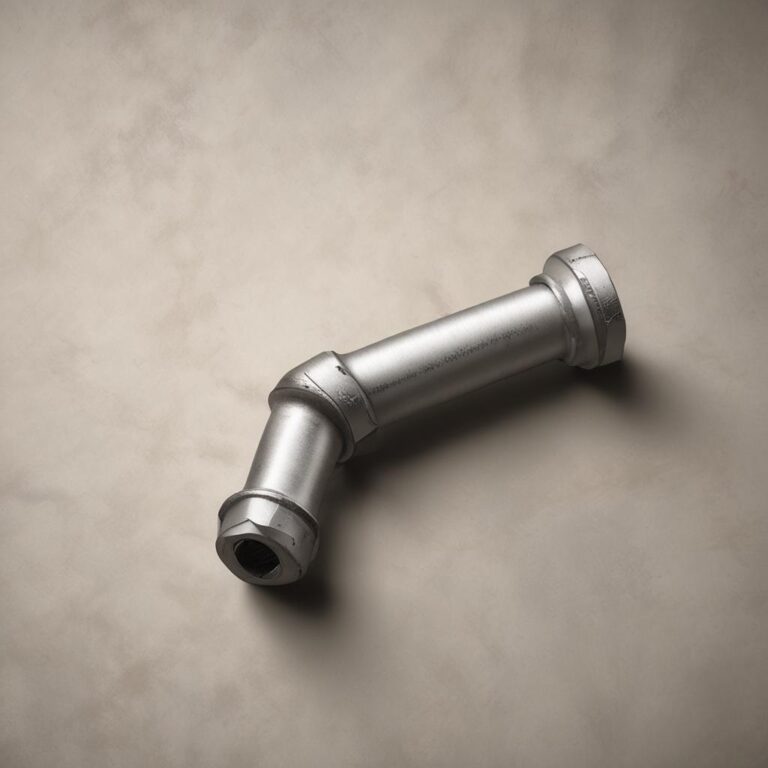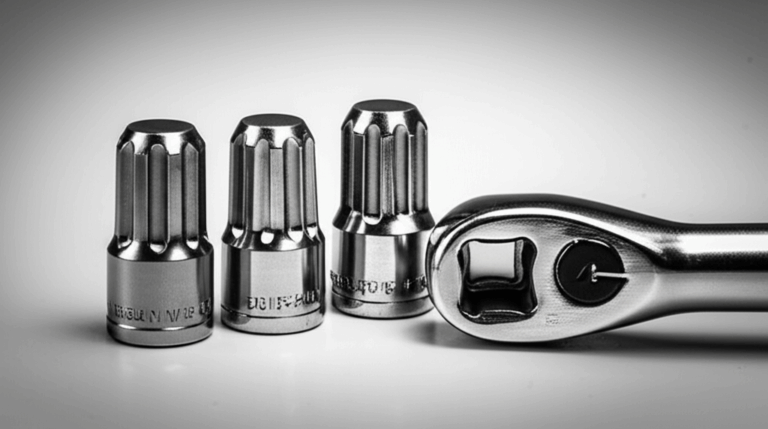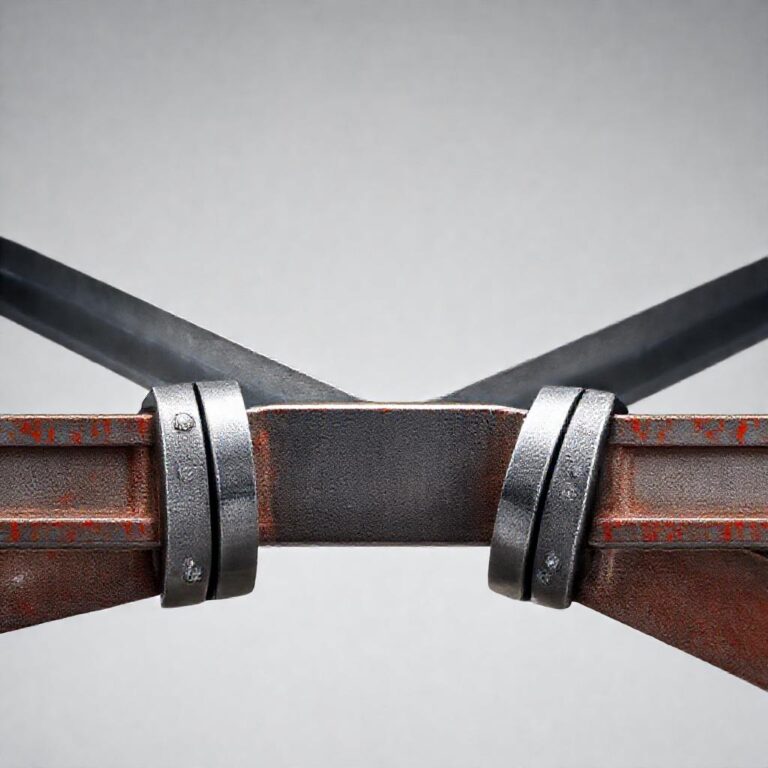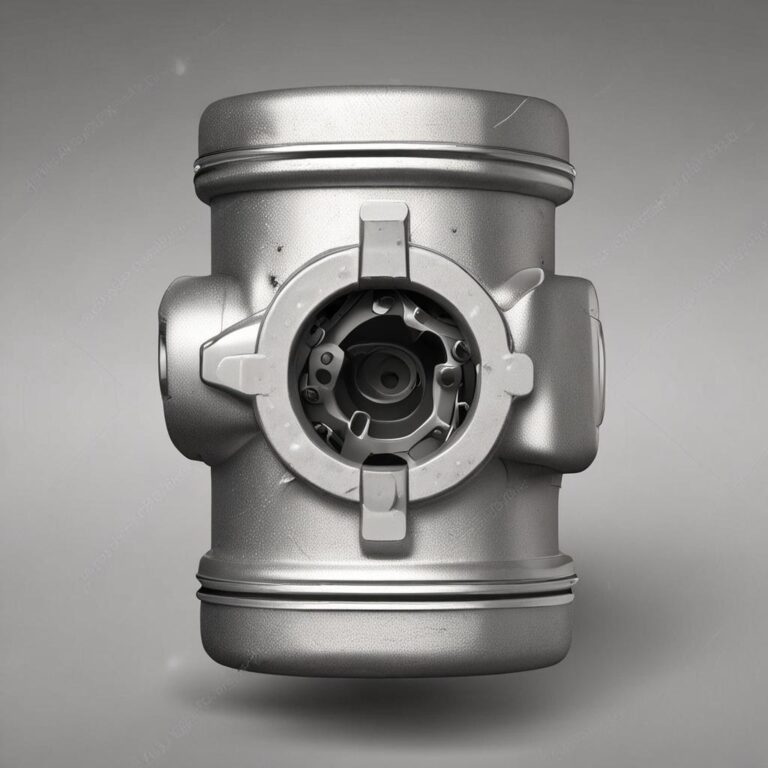Wheel Lug Socket Size
Wheel lug sockets are an essential tool for any vehicle owner or mechanic, playing a critical role in tire changes, wheel repairs, and maintenance tasks. Designed to fit snugly over the wheel lug nuts, these sockets ensure that wheels are securely attached to the vehicle, preventing accidents and ensuring smooth operation. However, using the wrong socket size can lead to stripped bolts, improper torque, and even safety hazards. This article will guide you through everything you need to know about wheel lug socket sizes, from understanding the importance of correct sizing to measuring and selecting the right tools for your vehicle.
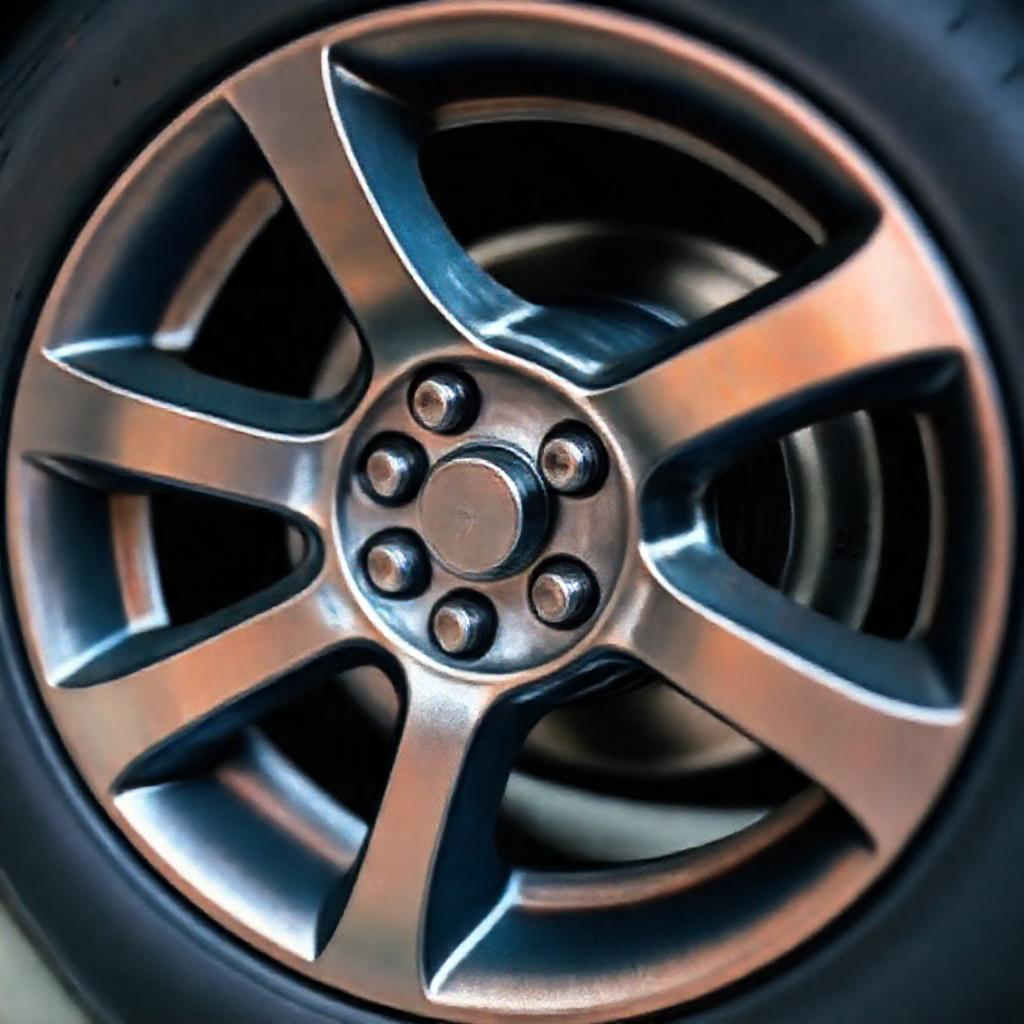
Why Knowing the Correct Wheel Lug Socket Size Matters for Your Vehicle
The Role of Wheel Lug Sockets in Automotive Safety
Using the correct wheel lug socket size is crucial for maintaining the safety and integrity of your vehicle. A properly fitted socket ensures that lug nuts are tightened to the manufacturer’s recommended torque specifications, preventing wheels from loosening while driving. Incorrect sizing can lead to over-tightening, which may strip the threads, or under-tightening, which can cause wheels to detach unexpectedly.
Common Scenarios Requiring Socket Size Knowledge
Whether you’re changing a flat tire, rotating your wheels, or installing custom rims, knowing the correct lug socket size is essential. Different vehicles and wheel types may require specific socket sizes, and using the wrong one can damage the lug nuts or make the task unnecessarily difficult. Even in emergency situations, having the right tools can save time and prevent costly repairs.
Understanding Wheel Lug Socket Sizes
Standard Socket Size Systems
Wheel lug sockets come in two primary measurement systems: metric and SAE (Society of Automotive Engineers). Metric sizes, such as 17mm, 19mm, and 21mm, are commonly used in most modern vehicles, while SAE sizes, like 3/4″, 7/8″, and 13/16″, are often found in older or American-made vehicles. It’s important to know which system your vehicle uses to avoid compatibility issues.
How to Identify Your Vehicle’s Socket Size
To determine the correct socket size for your vehicle, start by consulting the owner’s manual or manufacturer specifications. If these aren’t available, you can inspect the lug nuts themselves for size markings or use a digital caliper to measure the bolt head diameter. Matching this measurement to a socket size chart will help you find the right fit.
Special Cases and Exceptions
Some vehicles, particularly luxury or older models, may use non-standard lug nut sizes or metric fine thread lugs (e.g., 14mm x 1.5). In these cases, it’s especially important to verify the correct size and thread pitch to avoid damaging the bolts or compromising the wheel’s security.
How to Measure and Determine the Right Socket Size
Tools for Accurate Measurement
To measure your wheel lug bolt head accurately, you’ll need a digital caliper or a reliable measuring tool. Additionally, socket size charts and comparison guides can help you match your measurements to the correct socket size. These tools are especially useful if your vehicle’s specifications are unclear or unavailable.
Step-by-Step Guide to Finding the Correct Size
Statistics table for Step-by-Step Guide to Finding the Correct Size
- Locate a wheel lug bolt on your vehicle.
- Measure the diameter of the bolt head using a digital caliper.
- Compare your measurement to a socket size chart to identify the correct size.
- Test the fit with a socket to ensure it’s snug and secure.
Cross-Referencing with Vehicle Models
Certain vehicles are known for using specific lug socket sizes. For example, a Ford F-150 typically uses a 15mm socket, while a Toyota Camry often requires a 14mm socket. Cross-referencing your vehicle’s make and model with common socket sizes can provide a helpful starting point.
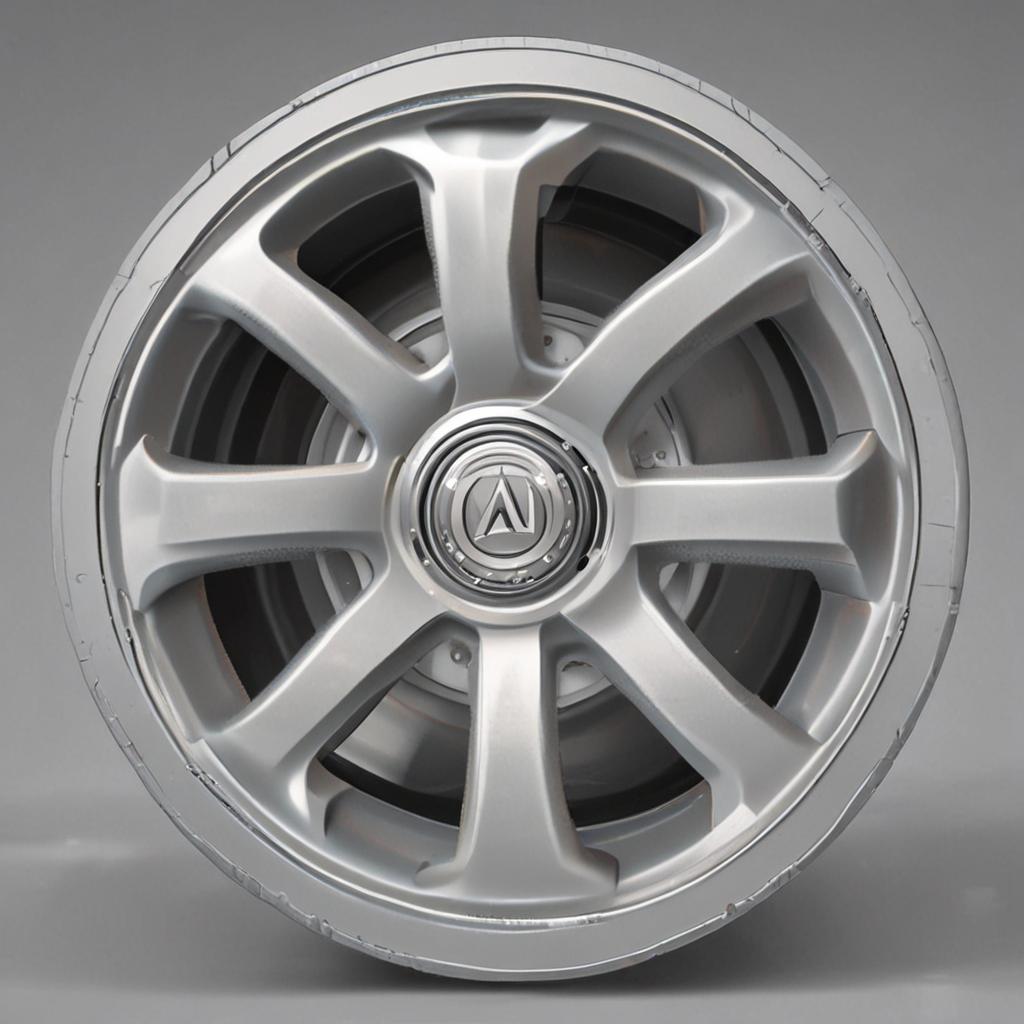
Essential Tools for Working with Wheel Lug Sockets
Socket Sets for Automotive Use
Investing in a high-quality socket set that includes both metric and SAE sizes is a smart choice for any vehicle owner. Universal socket sets are particularly useful, as they provide a range of sizes to accommodate different vehicles and tasks.
Torque Wrench Compatibility
Using a torque wrench with the correct socket size ensures that lug nuts are tightened to the manufacturer’s specifications. This prevents over-tightening, which can damage the bolts, or under-tightening, which can compromise wheel security.
Lubricants and Anti-Seize Products
Applying a small amount of lubricant or anti-seize compound to the threads of your lug nuts can prevent rust and make future removal easier. However, be cautious not to over-apply, as this can affect torque readings.
Storage and Organization
Keeping your sockets organized and stored properly helps prevent loss or damage. Consider using a labeled socket organizer or a dedicated toolbox to ensure your tools are always ready when you need them.
Common Mistakes and Issues with Wheel Lug Socket Sizes
Using the Wrong Socket Size
Using an incorrect socket size can strip the lug nut or bolt head, making it difficult to remove or tighten. This can lead to costly repairs or even unsafe driving conditions if the wheel becomes loose.
Cross-Threading and Damaged Bolts
Incorrect socket sizing can cause cross-threading, which damages the bolt threads and compromises the wheel’s security. Always ensure the socket fits snugly and aligns properly with the lug nut before applying force.
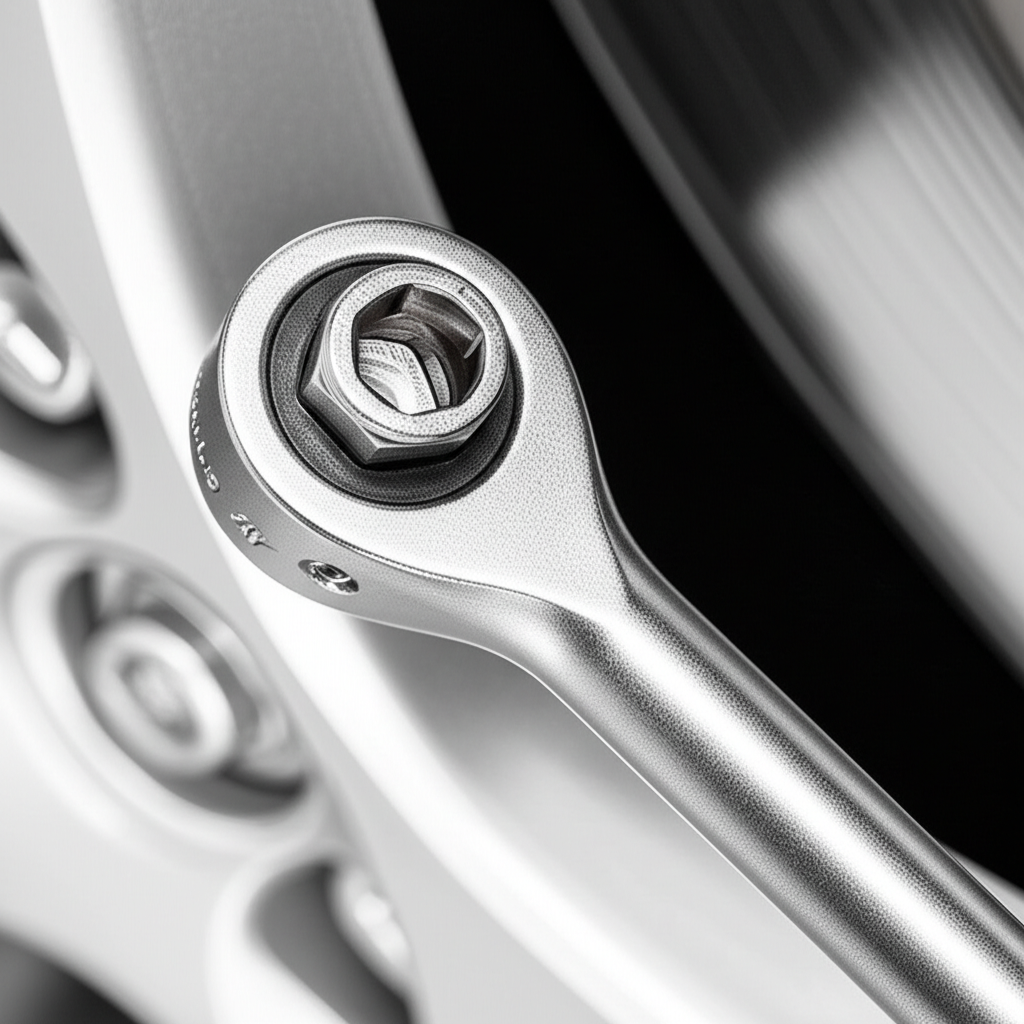
When to Seek Professional Help
If you’re unsure about the correct socket size or encounter stubborn lug nuts that won’t budge, it’s best to seek professional assistance. Heavy-duty vehicles or complex wheel systems may require specialized tools and expertise.
Conclusion
Knowing the correct wheel lug socket size is essential for safe and efficient vehicle maintenance. From ensuring proper torque to preventing damage to your lug nuts, the right socket size makes all the difference. Always double-check measurements, invest in quality tools, and consult your vehicle’s specifications when in doubt. Share this guide with fellow car enthusiasts to help them stay safe and prepared on the road.
FAQ Section
How do I find the correct wheel lug socket size for my car?
Check the owner’s manual, measure the bolt head with a caliper, or use a socket size chart to determine the correct size.
Are metric and SAE socket sizes interchangeable for wheel lugs?
No; mixing systems can damage bolts. Always confirm your vehicle’s specifications before using a socket.
What happens if I use the wrong socket size?
Using the wrong size can strip bolts, cause improper torque, and create safety risks like loose wheels.
Can I use a universal socket for wheel lugs?
Only if the universal socket has a precise hex size and fits snugly without wobbling.
Do all vehicles use the same wheel lug socket size?
No; sizes vary by make, model, and year. Always verify for your specific vehicle.

